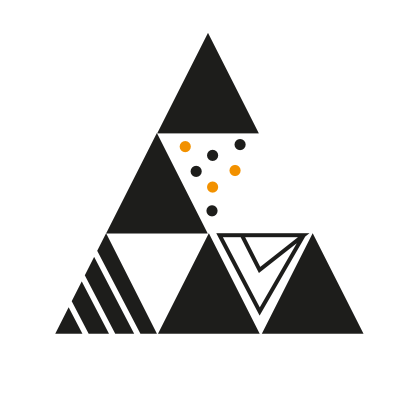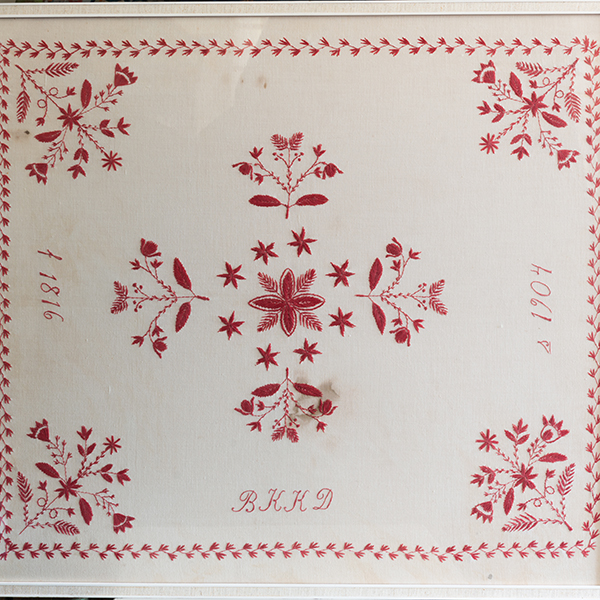Explore Craft Techniques on The Craft Atlas
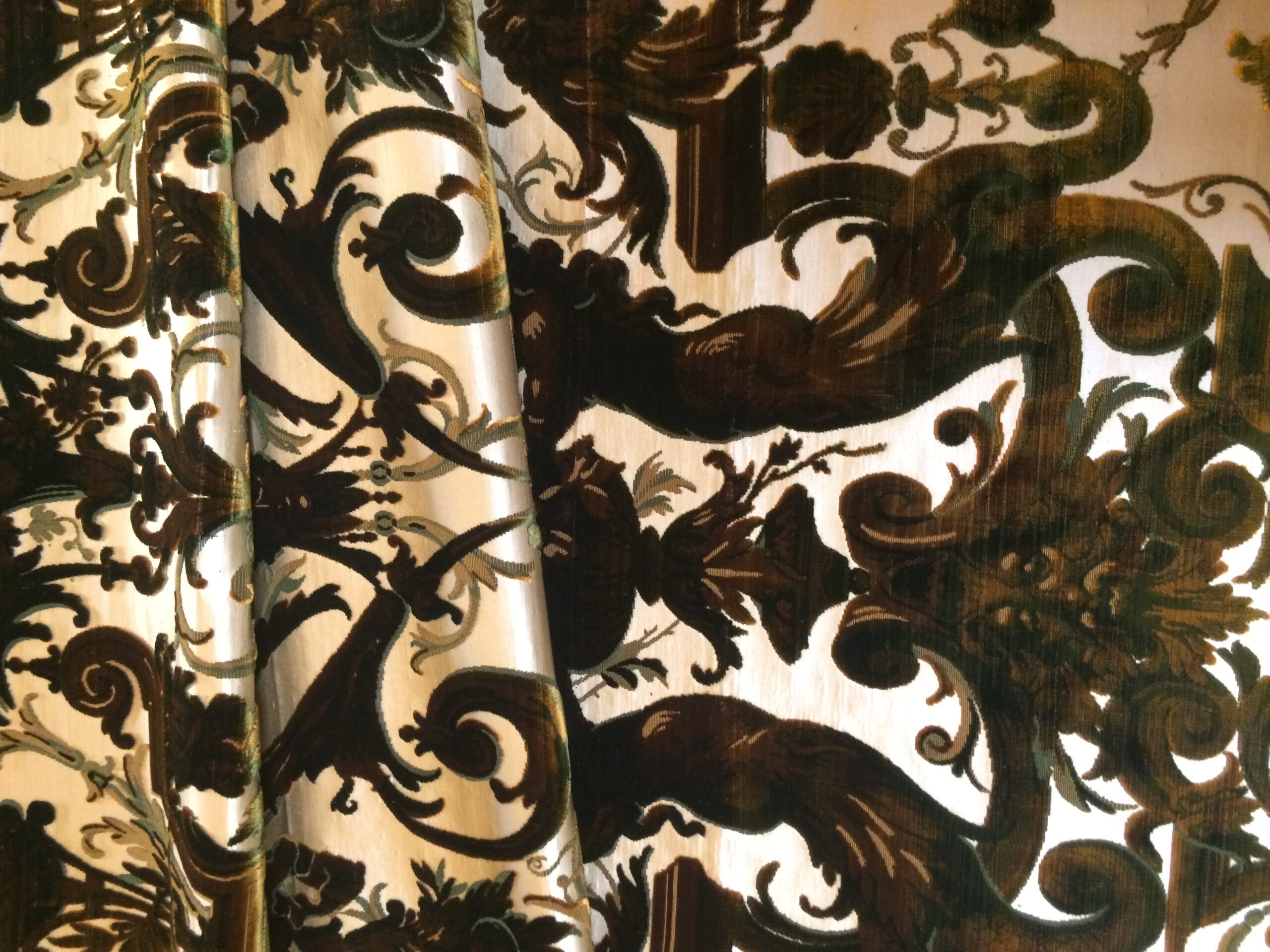
Soprarizzo velvet, also known as “soprariccio” or cesellato velvet, is a handwoven, opulent jacquard velvet from Italy characterised by its combination of cut and uncut pile. It is one of the most precious velvets in manual production. It’s woven with silk thread on original 18th-century looms and requires a complex manufacturing process combining cut and […]
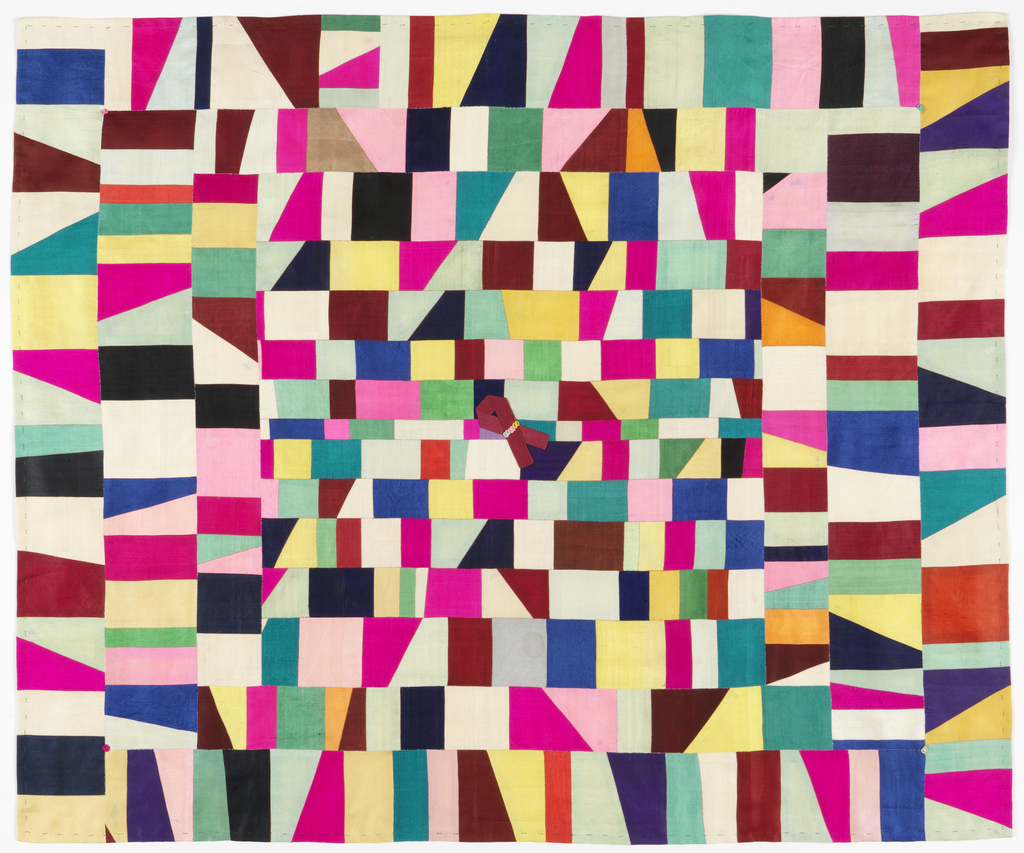
Jogakbo is a patchwork style originating from Korea that was traditionally used to create bojagi – domestic wrapping cloths – from leftover scraps of fabric. In Jogakbo, small scraps of fabric are pieced together in a geometric pattern to create a larger cloth. Jogakbo originated in the Joseon dynasty (1392-1910). Traditionally, Jogakbo was made using […]

The traditional Kutch weaving is a 600-year-old tradition. It is done by an extra-weft weaving technique, where a weft yarn is used in the warp of the loom. The weaving with extra weft creates the distinctive designs with geometric patterns. The characteristic, intricately handwoven motifs form the identity of the Kutch weaving. Shawls are woven […]

Khadi is a hand-spun and hand-woven fabric from India, Bangladesh and Pakistan mainly made out of cotton. This is an artisanal heritage handloom textile,made entirely in hand crafted processes—from spinning the threads on a charkha (spinning wheel) to weaving on handloom. The cloth is usually woven from cotton and may also include silk, or wool. […]
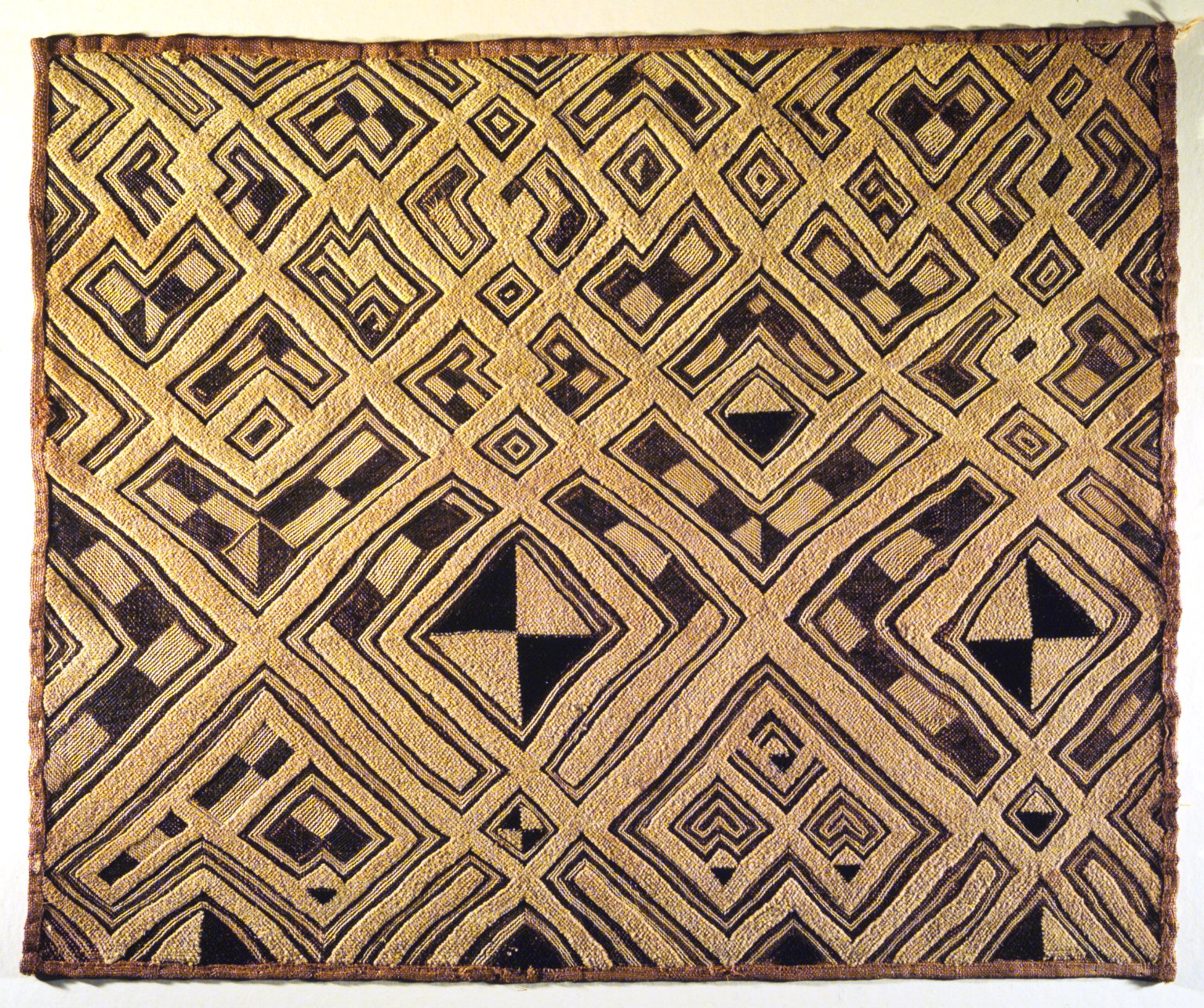
Kuba textiles are elaborate embroidered cloth made of raffia fiber, from the Democratic Republic of the Congo. They are unique in their elaboration and complexity of design and surface decoration. Most textiles are a variation on rectangular or square pieces of woven raffia fiber enhanced by geometric designs executed in linear embroidery in flat-stitch and cut-pile stitching, the latter creating surfaces resembling velvet.
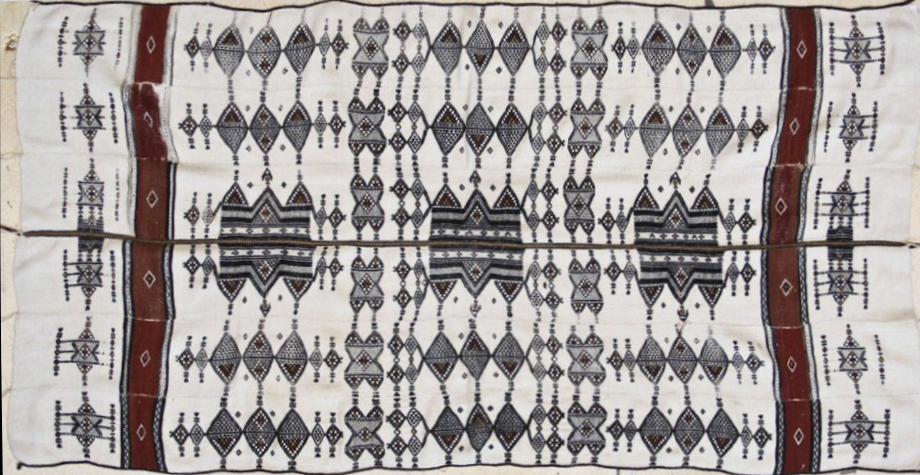
The Khasa are strip-woven wool blankets from the Fulani people in West Africa. Many of the Fulani live a nomadic life. The heavy Khasa blankets serve to protect the cattle herders (Wodaabe) from the cold in winter and the mosquitos, their weight and thickness being important for this purpose. Typically, after use by the herders, the blankets are sold to traders, repaired and resold throughout West Africa.

Similar to many other regions, handmade socks make a significant part of material culture in Turkey. Besides being functional and decorative garments, in Turkey handmade socks have gained the role of communication through their designs. The motifs that are applied on socks usually have meanings and used for certain purposes. These meanings may have spiritual […]
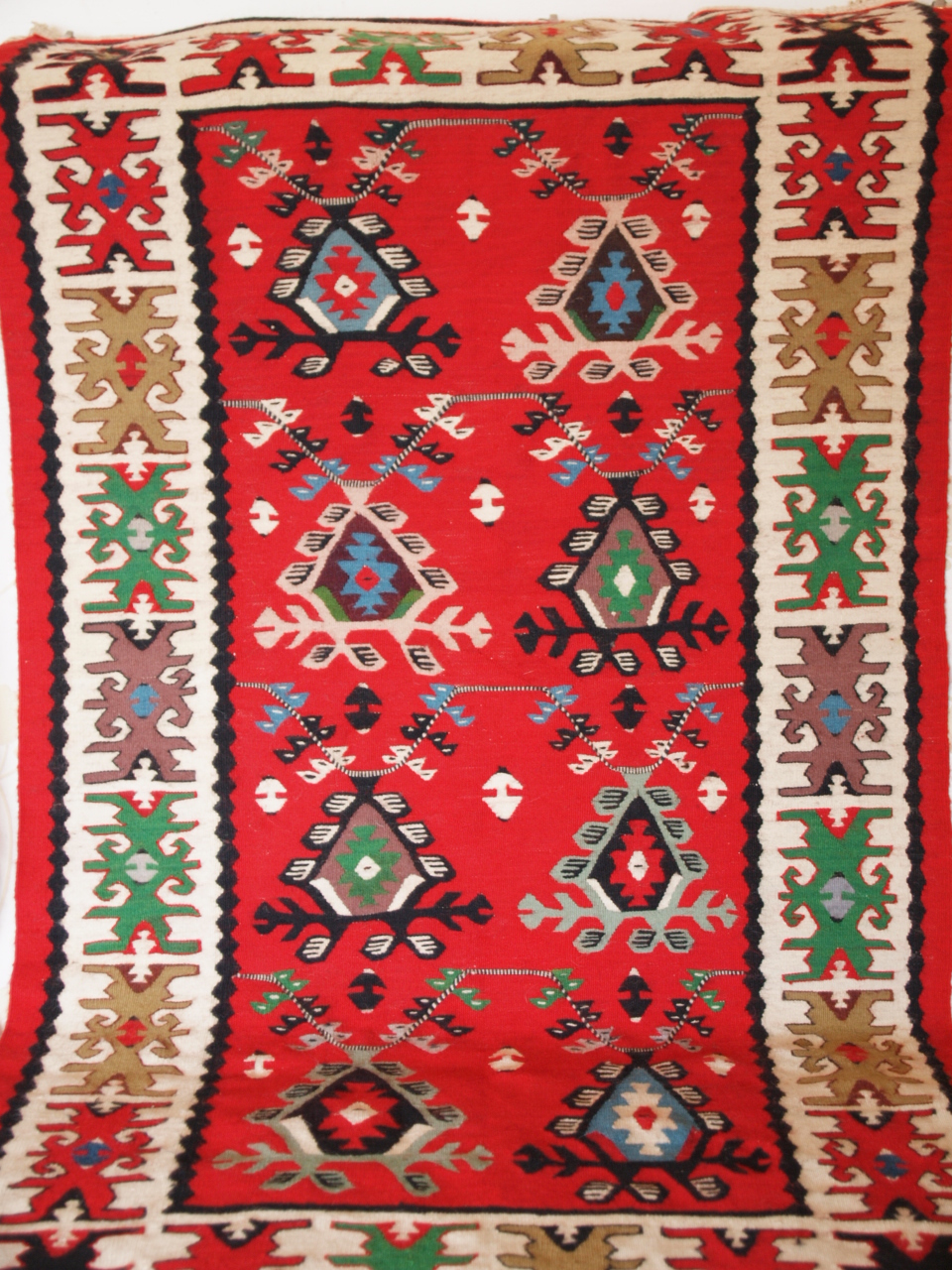
Pirot kilim rugs refers to a variety of flat tapestry-woven rugs traditionally produced in Pirot, a town in southeastern Serbia. Pirot kilims with some 122 ornaments and 96 different types have been protected by geographical indication in 2002. Pirot was once the most important rug-making centre in the Balkans, located on the historical main highway […]
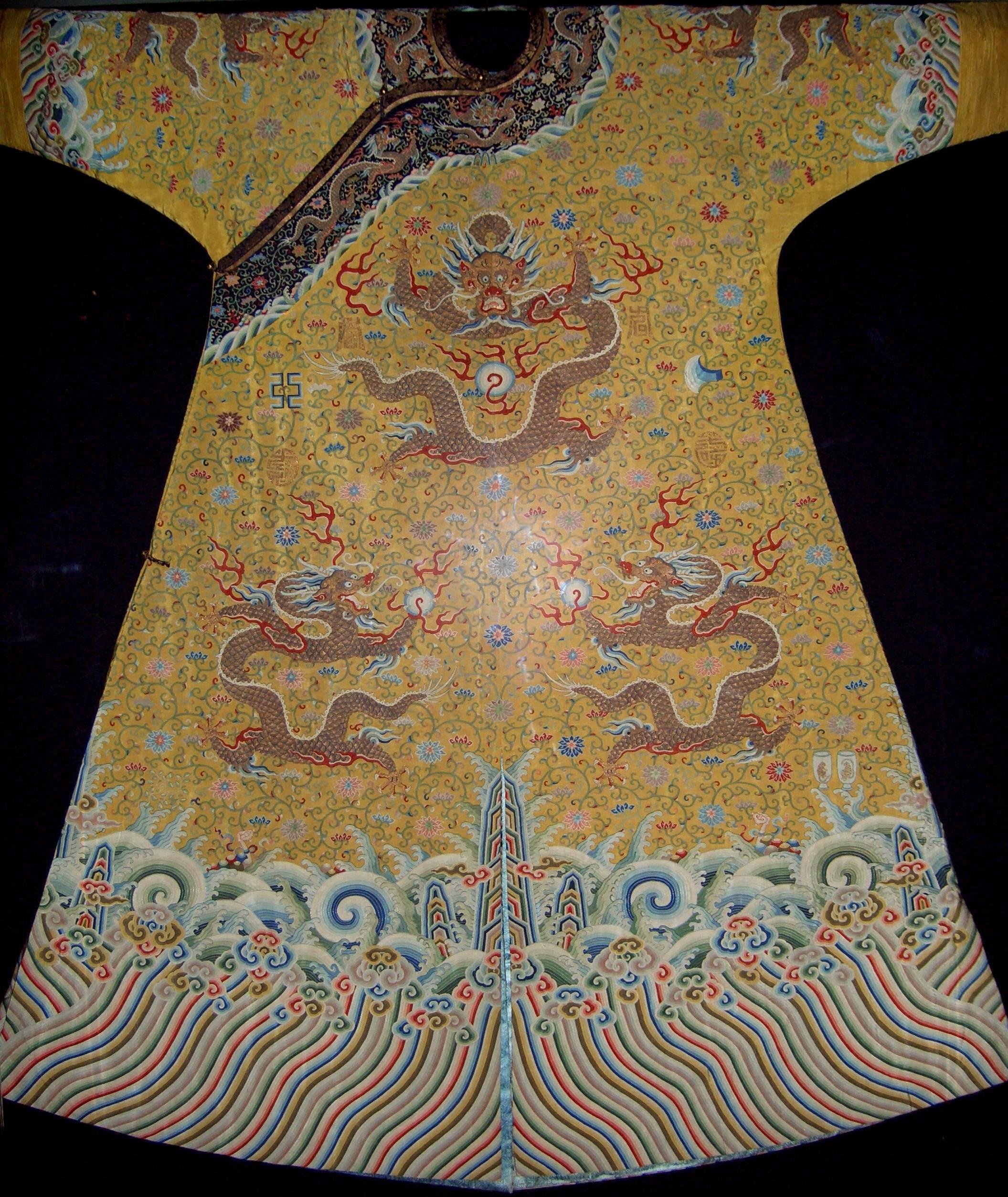
Nanjing Yunjin is an exquisite kind of silk brocade from Nanjing, China. “Yunjin”, meaning “beautiful as clouds at sunset”, is a more than 1500 year old craft incorporating fine materials such as silk, gold and peacock feather yarn. In the Chinese tradition of weaving Nanjing Yunjin brocade, two craftspeople operate the upper (sorting threads) and lower parts (weaves) […]

Barkcloth is a versatile material that was once common in Asia, Africa, Indonesia, and the Pacific. Barkcloth comes primarily from trees of the Moraceae family, including Broussonetia papyrifera, Artocarpus altilis, and Ficus natalensis. It is made by beating sodden strips of the fibrous inner bark of these trees into sheets, which are then finished into a […]
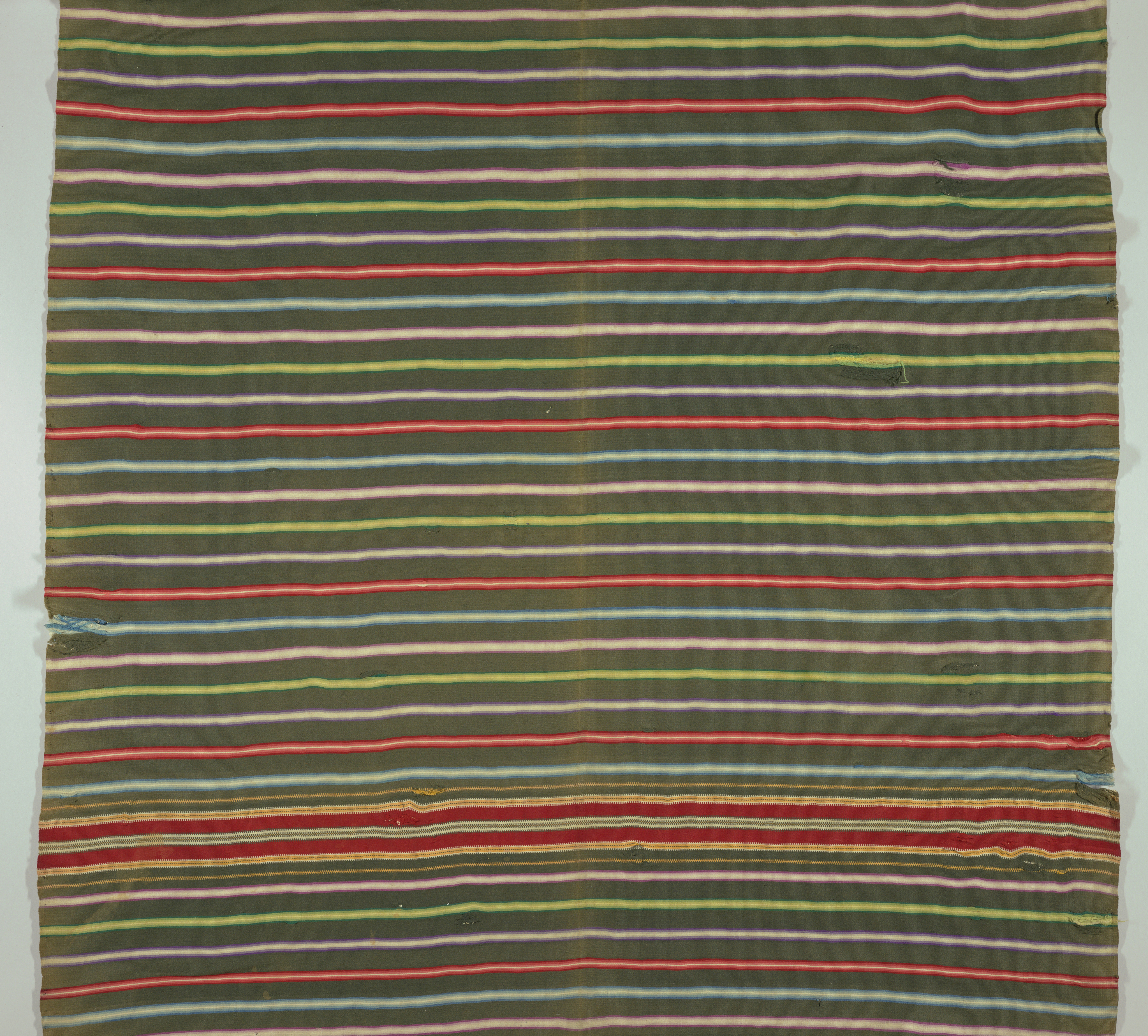
The sarape is a long blanket-like shawl, often brightly colored and fringed at the ends, worn in Mexico, especially by men. The term sarape is for the rectangular woven blanket, though in more recent years it can also be used to refer to a very soft rectangular blanket with an opening in the middle for one’s head, similar to […]

Broderie anglaise is a whitework needlework technique combining features of embroidery, cutwork and needle lace that became associated with England, due to its popularity there in the 19th century. Broderie anglaise is characterized by patterns composed of round or oval holes, called eyelets, which are cut out of the fabric, then bound with overcast or […]

The traditional Li textile techniques by women of the Li ethnic group on the island of Hainan, China, were recognized by Unesco in 2009 as in Need of Urgent Safeguarding on the List of Intangible Cultural Heritage. Spinning, dyeing, weaving and embroidering are employed to make cotton, hemp and other fibres into clothing and other […]
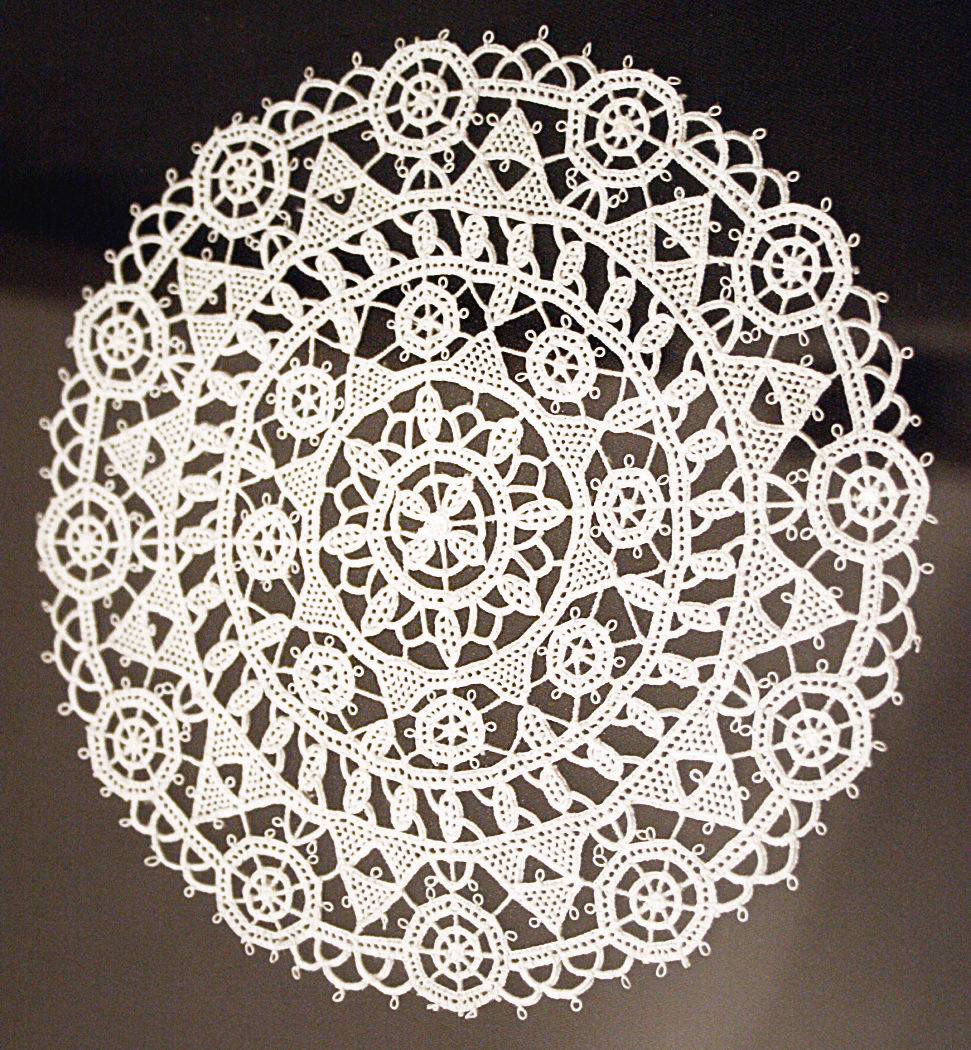
Croatian Lacemaking is a tradition dating back to the Renaissance when lacemaking began spreading throughout the Mediterranean and continental Europe. Throughout the years, Croatian lace has become notable for its unique patterns and designs. In 2009 UNESCO recognised lacemaking in Croatia as an Intangible Cultural Heritage of Humanity. Today in Croatia there are several centres […]
